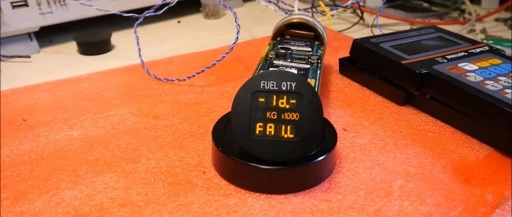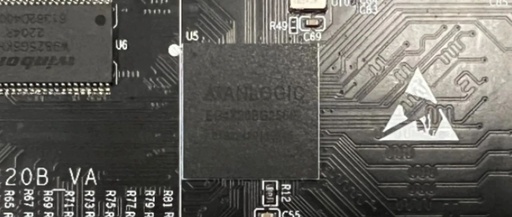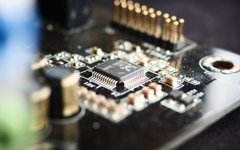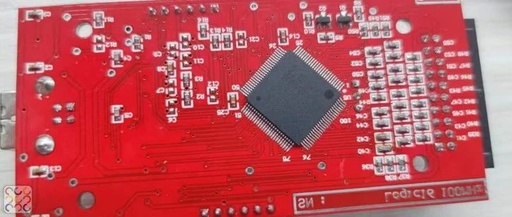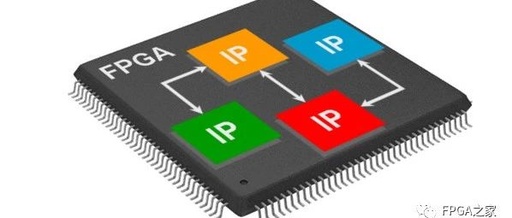Boeing 747 Digital Fuel Quantity Indicator – Teardown, Reverse Engineering and Testing
From: Michelle’s LabLDM #401: Boeing 747 digital fuel quantity indicator – teardown, reverse engineering and testIntroductionInterface DisplayLabel InformationConnectorPinout of the Aviation ConnectorOpening the InstrumentFrom Altera’s CPLD, EPM7160 1MHz Crystal OscillatorPower Board (LT1074)Reverse Engineering: Power SupplyPower SupplyReverse Engineering: Dimmer Circuits0-5V, 400Hz AC Voltage Rectification Comparison 8-bit Sent to CPLDReverse Engineering: ARINC 429 InterfaceOptocoupler (an ARINC 429 … Read more
